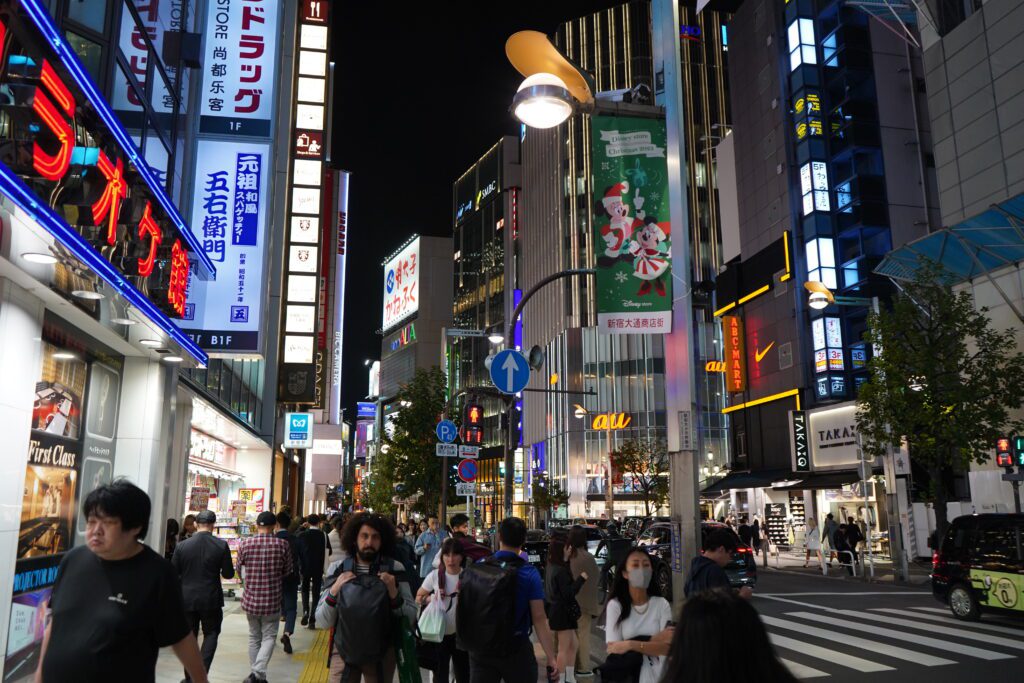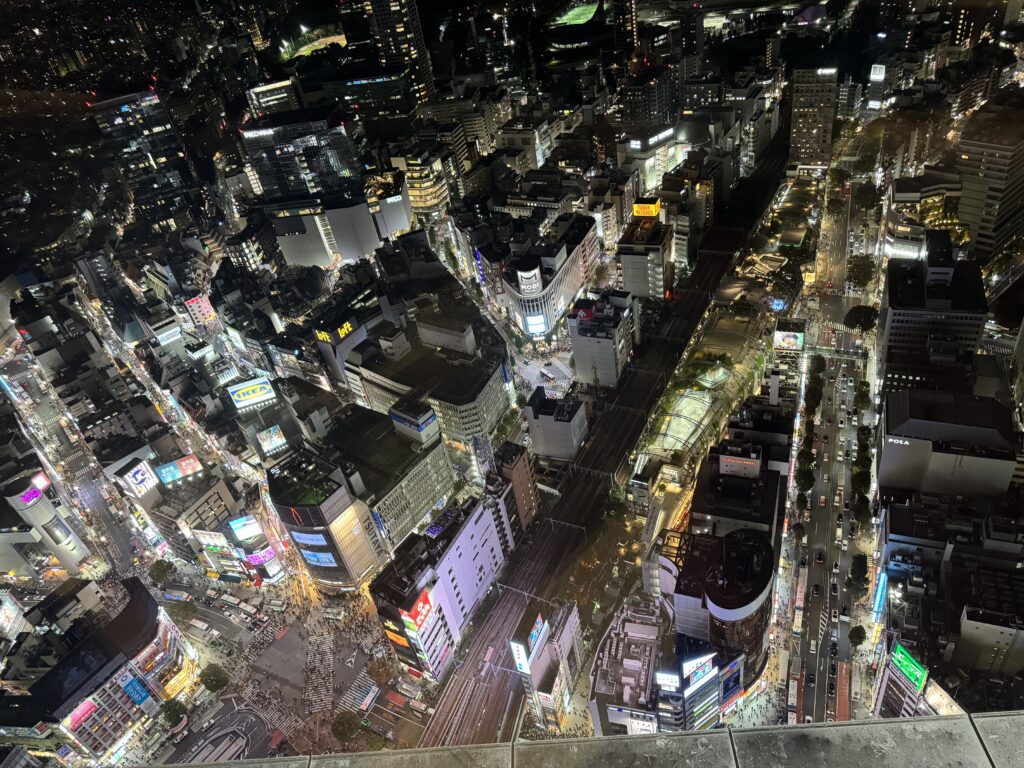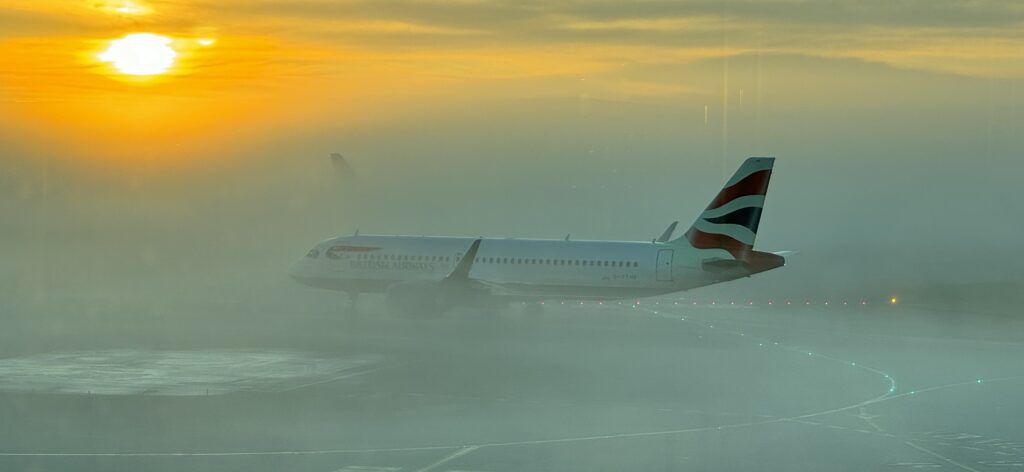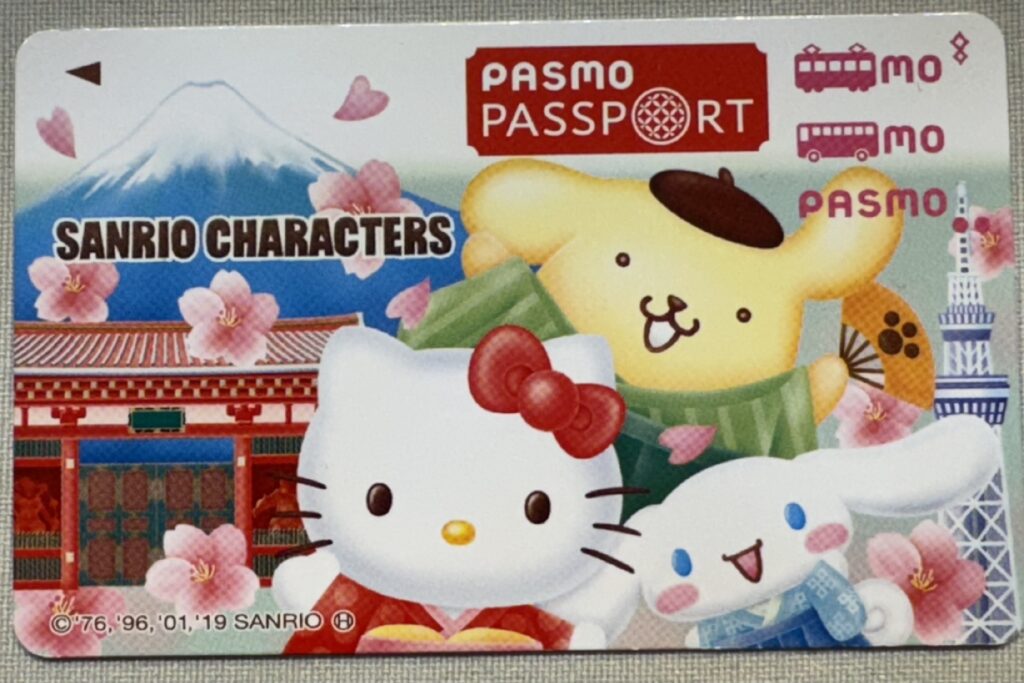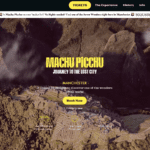I hope this article assists others to organise their travel plans in Japan
It’s not often that I get excited about a trip, but this one was in the planning stages for the past twelve months.
Before getting into the details of our itinerary, let’s talk about Avios and Companion Vouchers.
My eldest daughter, the self-proclaimed ‘Bargain Queen’, helped me get a British Airways Amex card and a BA executive club membership and then explained how to achieve points and a voucher that would help us get a second seat free.
I’ll leave you to do the research with BA using this link here. (It will give us both some bonus points if you take out the card).
But suffice it to say, we achieved enough points and a companion voucher to fly Club World (Business Class) for the first time.
The flight time was around 13 hours from London, but our journey began with a short flight from Manchester T3 to Heathrow T5 and then British Airways BA5 London Heathrow to Haneda Tokyo, Japan
I’ve no idea why, but seeing the Union Jack on the tail of British Airways aircraft evokes confidence, quality and class. I know others who tell me they’ve flown Emirates, for instance, and the quality has been exceptional, but we were on a young 787-9 Dreamliner that is quiet, spacious and modern.
Club World gave my wife and I two pods by the aircraft’s left side. The seats and a footrest allowed the space to be turned into a bed. They provided us with a fresh pillow, blanket, eye mask, ear plugs, slippers and two meals – a dinner and breakfast. The two pods snuggled next to each other, allowing us to face each other over a small divider that could be raised.
We left the UK around 13:20 and arrived in Tokyo at 10:45.
Before arriving in Japan, our flight plan took us east over Europe, Asia, and the Far East.
I had a lovely meal with a glass of red wine and watched a great movie called The Covenant. After around 3 hours, it was time to rest. I donned the eye mask and ear plugs, made up the bed and quickly fell asleep.
The bed was comfortable and allowed me to sleep well for around 6 hours.
Tokyo, Japan
We arrived at Haneda International Airport Terminal 3 in Tokyo. The distance from the gate to the baggage hall was huge but made more manageable by long moving walkways. We arrived at the most efficient passport control I have ever seen.

Welcome to Japan.
At least 20 border force/passport officers efficiently saw everyone through to the baggage hall with no more than four people waiting. Amazing!
The baggage from the aircraft began arriving almost when we arrived to collect it.
As we passed through customs and handed over our “nothing to declare” form, we exited to the arrivals hall, where right in front of us was an amiable Ninja-looking character waving my name on a large piece of paper.
I had planned to buy a Suica card here, but our driver was having none of it … even with a universal translator, she kept directing us to our waiting transport.
So we abandoned getting the card, noting that we would find a way to get a travel card that would help us get around when we got to the city.
Our escort was, in fact, the front seat passenger, and the driver, another fellow Ninja, was driving the beautiful black hybrid Toyota van that had been waiting for us.
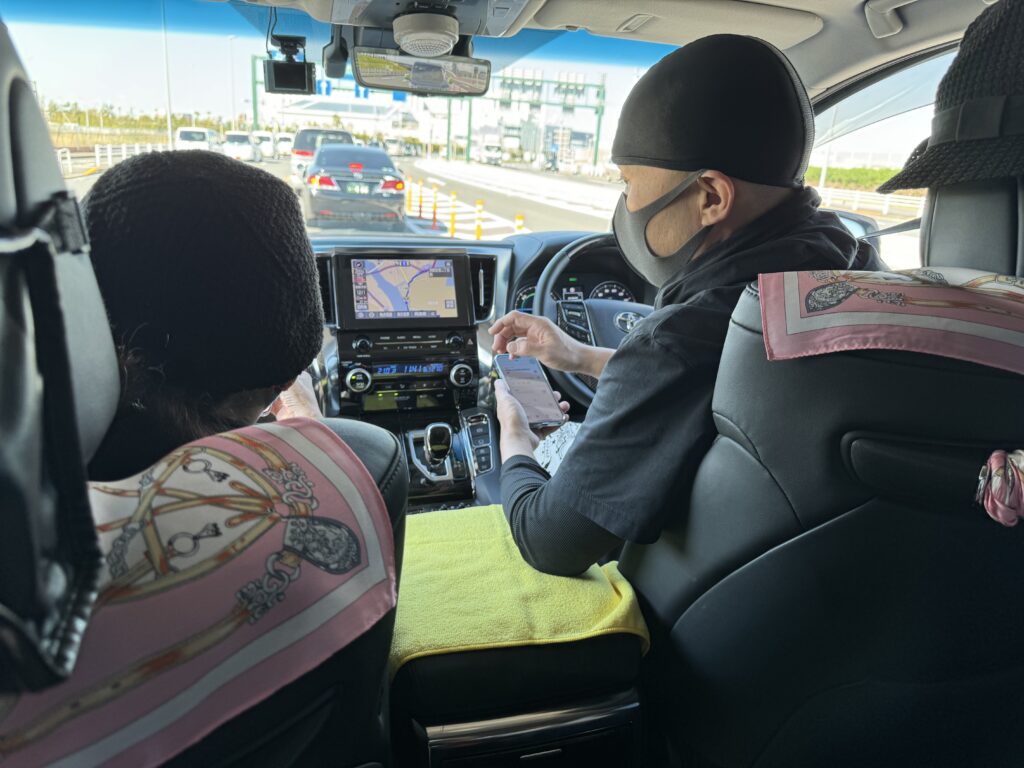
Hyatt Regency Tokyo
We chose to stay in the area known as Shinjuku. My research had indicated that this was the area to be in for convenience. Others may have a different opinion.
The hotel lobby presented us with a grand reception area containing three massive glass chandeliers, which hung imposingly over a huge reception area.
We checked in quickly as our room was ready and headed to the twenty-third floor.
The room was dated but very clean and practical.
We dumped the bags and headed out to explore Tokyo and to sort out our rail cards.
JR Pass
We planned on being here for three nights and wanted to see as much as possible.
We left the hotel on a mission, knowing we had a few jobs to do before we could get our trip underway.
We had purchased a Japan Rail Pass before the trip from Japan Experience. You can buy the tickets from several sites, but they all offer similar pricing. Just look for the Japan Rail Pass on Google.
There are two types of rail passes for foreigners. A standard, sort of regular class and then they have the green pass, which can be described as first class.
You should consider some things when making this purchase. Firstly, there are two main differences between the two standards. The standard carriage on the Shinkansen (bullet train) has a single aisle down the carriage split with three seats on one side and two on the other. You can’t reserve these seats, they can be very busy and offer little or no space for suitcases and very narrow overhead storage.
For the Green Class of travel, we discovered that cars 8, 9 and 10 were for the green passes. They describe them as reserved seating. The configuration here is an aisle separated by two slightly wider seats on each side with footrests and tables and quite generous reclining space.
If you are going to travel around the country with your suitcases, then it is essential that you reserve seats, specifically the ends of the carriage, which includes storage for large bags. One other point to note is that these seats are turned around by one of the train’s polite crew when they reach the end of the line. They use a foot pedal and then swing the dual seats on each side 180 degrees… clever.
I chose a website that also offered a few extras. Firstly, I chose a site that allowed me to purchase in Yen, which offered me a £100 saving for two green passes rather than paying in pound sterling.
I also chose this site because they offered a helpline and 24-hour support in English should you need assistance.
When planning my itinerary, I needed to ask many questions about transfers and which trains we could, should or could not take.
I downloaded a recommended app to my iPhone called Japan Rail Navitime. The app allowed me to plan the rail timetable and specify that I wanted to use my Japan rail pass. But I found it very confusing planning the trip at first because I didn’t understand the names of trains, nor what I was supposed to do when a change didn’t indicate the pass would be valid.
In a bid to assist others who read this blog, I’ll try as best as I can about the use of the trains and the different passes.
The Japanese have cleverly separated the busy commuter trains that are generally faster than those that can be used as part of the Japan Rail Pass.
To travel between stations where the pass is not applicable, I recommend the Pasmo Passport (think Oyster card, pre-paid credit card). You top up the card and touch the IC pads at the gates when you enter that station area, leading to the train not being covered, and as you leave that station area.
So if you get off a JR train (covered by the Japan Rail Pass), you will be passing through the gate using the JR ticket (which you feed in and collect as you pass through the station gates) when you have passed through a JR gate to transfer to another line you’ll need to use the Pasmo Passport to get on your next train.
I should also mention that there are other passes you can get, such as Suica. But as we didn’t use this, I can’t comment which is better. One of the cards may be refundable, but Pasmo does not refund the user. You can use the Pasmo Passport to pay in shops and for transport.
When we left Tokyo, we cleared the balance of the cards at the airport with purchases we made there.
Oh, and now for the enjoyable part! On our first day in Tokyo, we had to find the JR office to exchange our vouchers for the JR pass.
We entered the Shinjuku station and were quickly lost! The station is huge! Seriously, the largest underground station shopping centre we’ve ever seen, made up of mazes, staircases, signs and people, Thousands of them going in every direction.
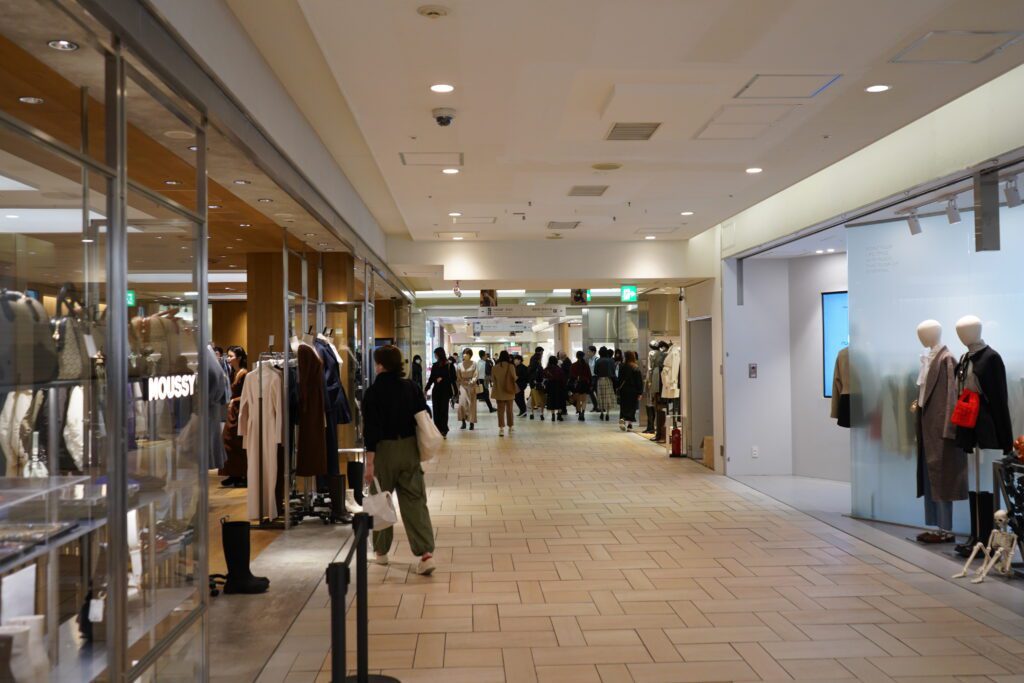
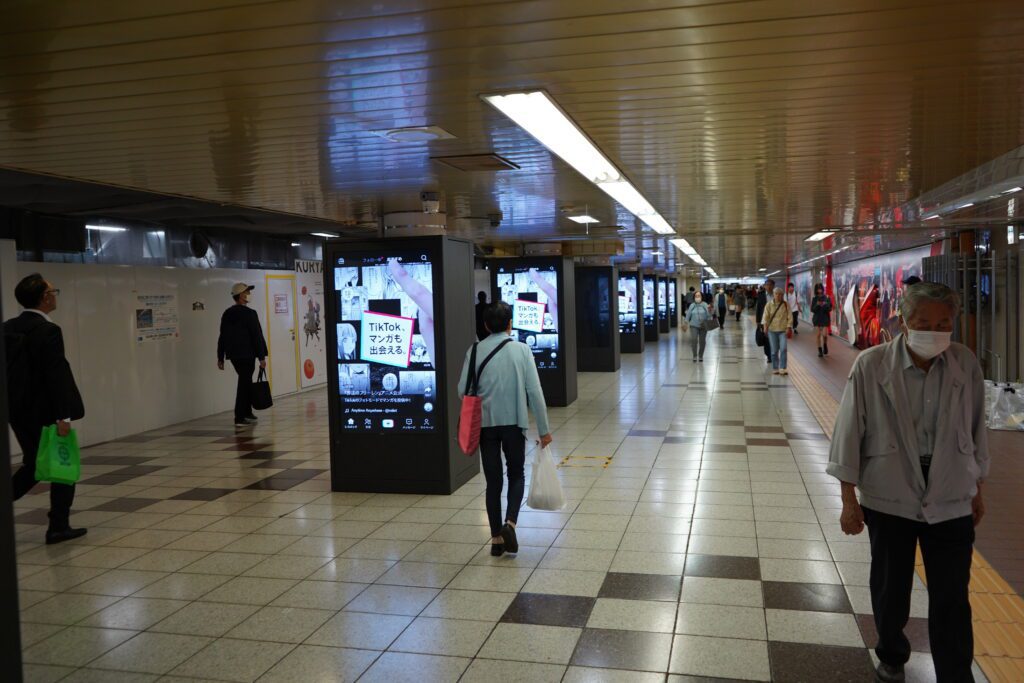

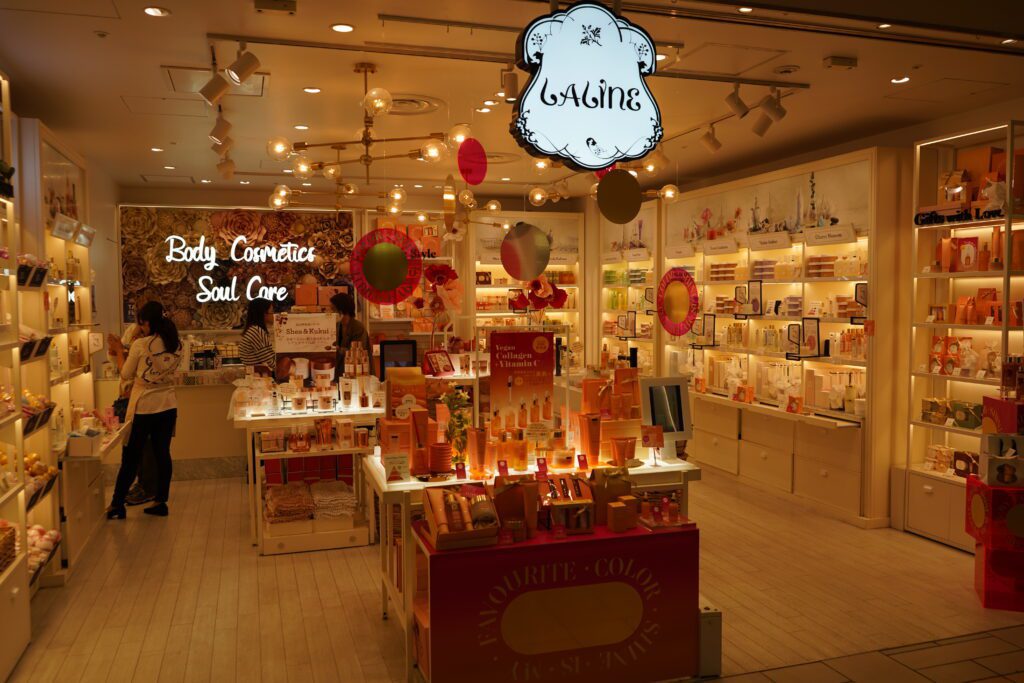
The signs are evident in Japanese, Chinese and many in English, but this assumes you know where you’re going!
Our first mission was to find the JR office that would exchange our vouchers for rail passes.
Eventually, after being lost more than once, we found the office, only to discover we didn’t bring our passports! So we returned to the hotel after some sightseeing.
Finally, we returned to the JR office to exchange the vouchers for the pass.
Now, I would have thought that being in Japan, the sensible and most efficient way of dealing with tourists, especially those exchanging vouchers, would be to let them purchase the Pasmo or Suica cards simultaneously, as you will need one. But sadly, you must find another office somewhere in the maze for that card!
Anyway, back to the JR Pass because there is still much to tell.
Our itinerary was well planned, so whilst we were at the JR Pass office counter with our limited Japanese, we decided to book all our train seats. The main reason was that we needed the seats with the luggage storage and the other reason was that you needed to reserve a seat, as we were to find out later on!
Tokyo
What a city! The streets are immaculately clean, groomed, flat, straight, and full of architectural masterpieces.
People everywhere dressed smartly; the men predominately in black suits, white shirts and ties; the women (many) in black, grey or soft beige, but everyone was smart and in neutral clothing.
There is a sense that everyone here has a purpose, a place to be. Every shop is busy, not just moving customers but also shop and clerical staff are preparing, counting, serving, arranging, stacking, packing, and so on.
The shop staff wear uniforms with pride, smile when you smile, welcome when you come into their premises, and thank you with a well-practised bow. Everyone is trying their best to help you.
If Tokyo is Japan, then this place reminds me of the movie with Sylvester Stallone, who wakes up in a future society where crime is a thing of the past, graffiti is a rarity like Banksy and compliance is a mutual respect of each other.
There is no doubt that a Westerner stands out in this society.
Tattoos? There is a definite taboo here. Mobile phones? Sadly, an obsession creates a zombie-like society on subways and cafes, but it is considered rude if you are heard on the phone.
Tokyo sits on the fence when it comes to being eco-friendly. They continue to use plastic bags, but there are many examples of paper bags, boxes and recycling points when you find them. There are many hybrid vehicles, too, and all are so clean.
One thing you notice quickly is how clean everywhere is, but there are no bins outside, anywhere! There is a collective responsibility to take your rubbish home.
At the start of this trip, I felt ashamed for being British. We’re so unlike the Japanese that it makes our society, way of life and woke culture seem inadequate, a long way behind a wishful future in Britain where punctuality exists, litter is a thing of the past and where coexistence is not just about peace, but the willingness to be a part of the perfect society.
